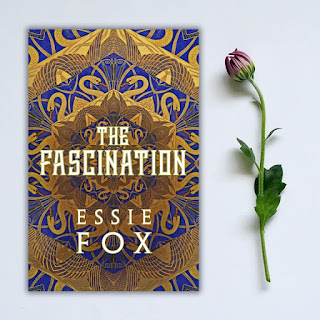Trying Times for the Mill Girls by Chrissie Walsh #Review #TheLockwoodInheritanceBook2
West Yorkshire 1900-1918 Today we are going back to the early days of the twentieth century to see how life in Almondbury changes at this critical time. Trying Times for the Mill Girls by Chrissie Walsh is published today on December 5th by Boldwood Books . You can read my review of Book 1 in the Lockwood Inheritance series, A New Dawn for the Mill Girls here In changing times, even the strongest must fight to hold on... At the dawn of a new century, mill mistress Verity Hardcastle and her husband Oliver welcome their long-awaited twins: gentle, golden-hearted Briony and spirited, stormy Blaise. From the beginning, their children seem destined to pull in different directions—but the Hardcastles stand united, proud stewards of Lockwood Mill and its tight-knit community of hardworking girls. As the winds of change sweep through Yorkshire—from the rise of the suffragette movement to the shadow of war—the mill stands firm. ...











Comments
Post a Comment